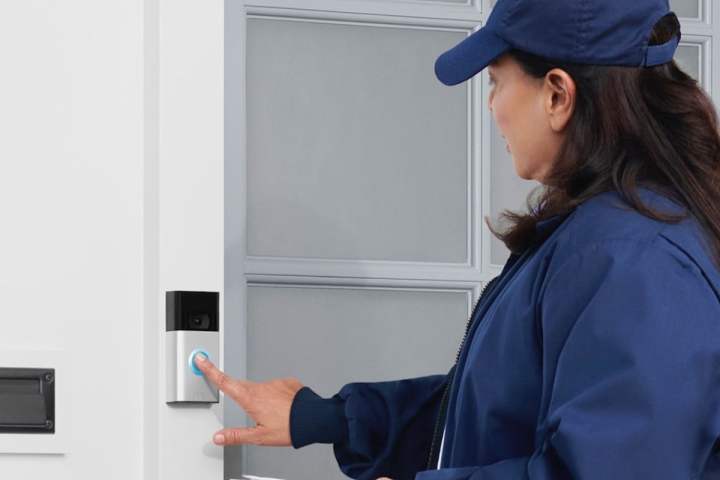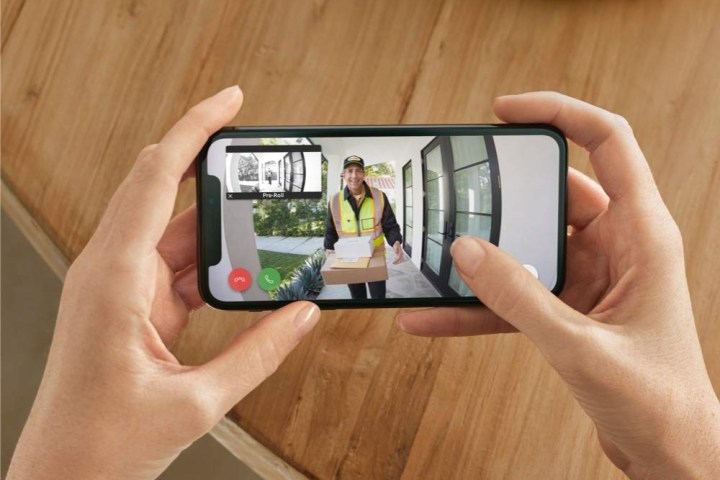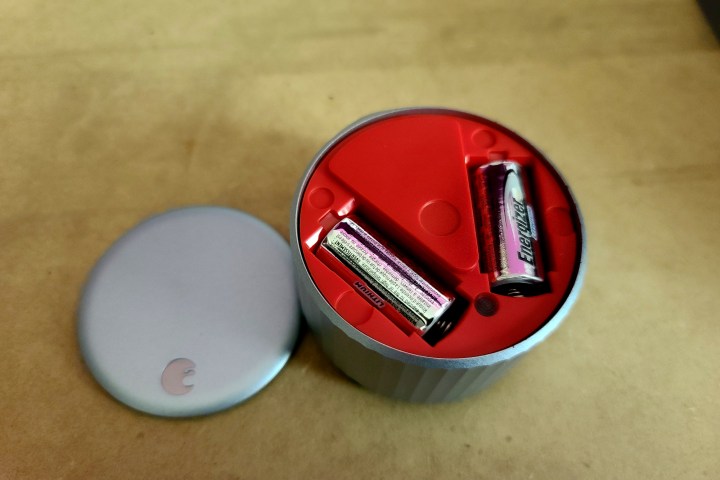From security cameras and deadbolts to light bulbs and more, the past few years have seen an explosion of new smart home products. You’ve probably noticed Ring doorbells installed on your neighbors’ front porch when out for a walk — and if you haven’t, you’re probably at least familiar with one of a dozen different viral videos captured by them.
Despite the boom in smart gadgets, there’s an absolute dearth of smart locks that double as doorbell cameras. The two products seem like a match made in heaven, letting you secure your home and monitor it at the same time, but few manufacturers have experimented with the format. However, there are a few good reasons as to why these smart lock + video doorbells are so scarce.
They do exist, actually

Before going any further, it’s worth pointing out that these hybrid locks/doorbell cams actually do exist. There are only a few noteworthy examples (Lockly and Eufy), although both let you secure your home and monitor it while away. They aren’t cheap, but the two products prove that we have the technology to make this idea work.
The Eufy one, in particular, has garnered a bunch of public interest. Its Kickstarter campaign has blown past its goal of $50,000, pulling in just over $1.2 million. There’s clearly an interest in this new category of smart home products, and consumers are willing to pay a premium to get their hands on it.
With that being said, there are a few practical reasons we haven’t seen a surplus of locks + doorbell cams on the market.
Confusing design for visitors

The most compelling reason these products aren’t being produced is that they’re simply confusing to use. People have been ringing doorbells for decades, and we’ve grown accustomed to seeing a doorbell just off to the side of the doorframe. With door locks that double as video doorbells, you’re now forcing people to break that habit, as the doorbell is now part of the lock.
This means anytime a new friend, family member, or your local DoorDasher shows up at your home, they’ll need to stop and think for a few seconds before figuring out how to announce their presence. And instead of reaching for a standalone doorbell, they’ll be reaching near your doorknob — which could make it seem like they’re trying to open your door without your permission.
Breaking in new technology takes time (and eventually folks would become acclimated to the new position), but moving a doorbell over a few inches is a bit more revolutionary than you’d imagine.
Awkward camera angles

Aside from retraining brains to look for the doorbell near the doorknob, manufacturers also must battle with wonky camera angles. Most standalone doorbell cameras come with a variety of faceplates that let you adjust their positioning. This lets you optimize angles for your specific home, giving you a chance to mount the camera, up, down, or to the side.
With a camera integrated into a deadbolt, giving users the option to adjust camera angles becomes a bit more challenging. Everything needs to stay level for the locking mechanism to work properly, and engineering a workaround is both costly and demanding. And since the camera is now positioned closer to the center of the door, anyone waiting for you to open the door will block most of its peripheral vision — thus limiting its use.
What about battery life?

Smart locks and doorbell cameras tend to last a long time without the need for a battery change. Some doorbell cameras can even be hardwired to your home, eliminating batteries entirely. But if you combine both a smart lock with a doorbell camera, you’ll be using twice as much power as before. That means you’ll need more juice to power the gadget. Since few hardwired options exist for smart locks, you’ll be left replacing batteries more often than you’d like.
Too many moving pieces?
For the time being, it seems that smart locks and doorbell cameras are better off existing as standalone products. There’s no doubt that companies and their ingenious engineers will continue to experiment with the technology, and it’s possible they’ll become a mainstay in the decade ahead. But until then, you can rest easy knowing that doorbells are staying put.



